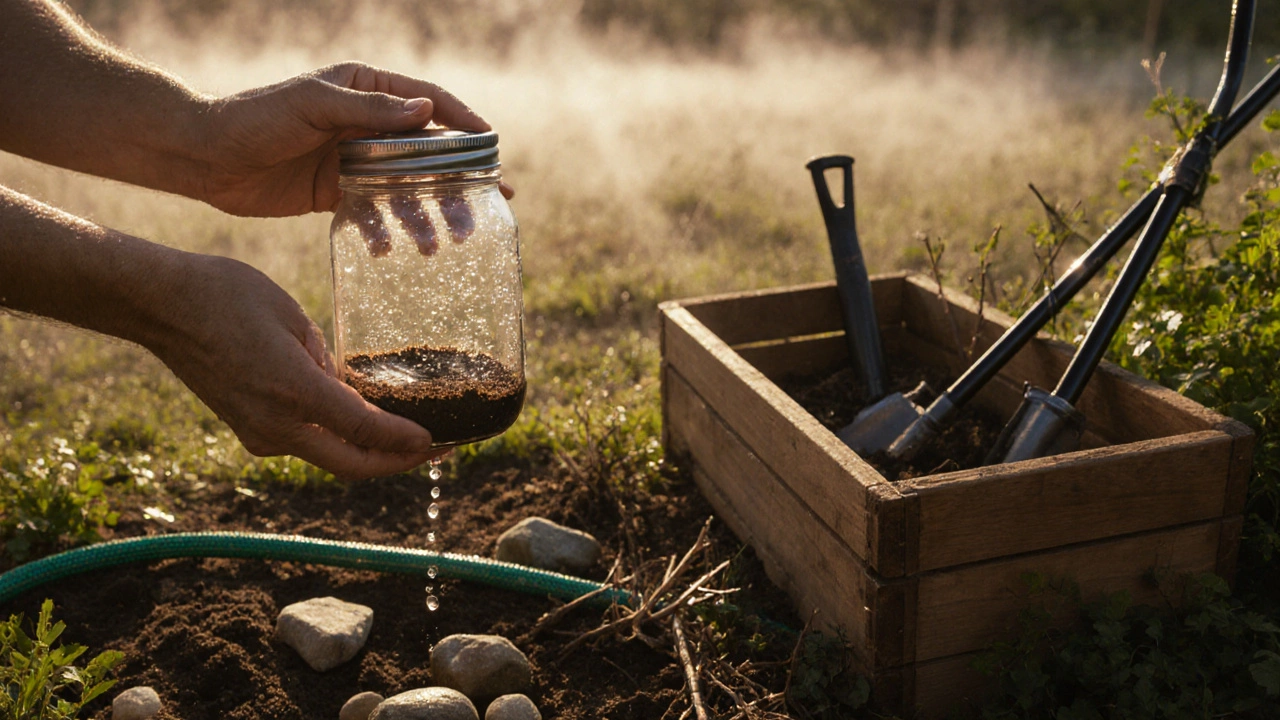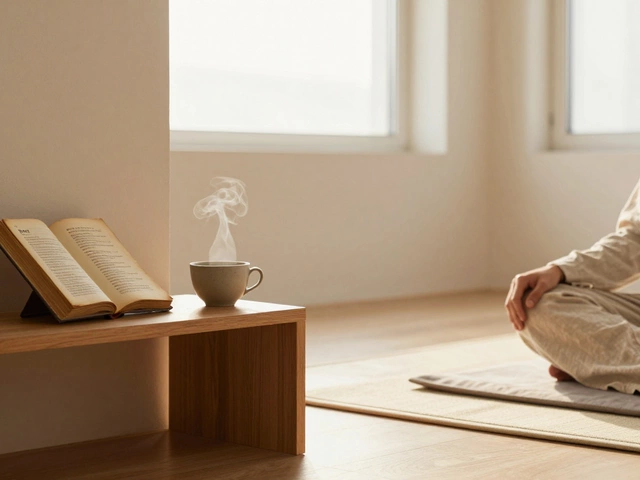Garden Tools: What You Really Need and How to Use Them
When you think of garden tools, physical instruments used to plant, maintain, and harvest plants in outdoor or container gardens. Also known as gardening tools, they’re not just about digging and weeding—they’re about working smarter, not harder. You don’t need a shed full of gear. In fact, too many tools often mean more work, not less. The best garden tools are the ones you actually use, the ones that fit your hands, your space, and your goals.
Think about lazy gardening, a method of growing plants with minimal effort by choosing low-maintenance plants, using mulch, and letting nature do the work. It’s not about being lazy—it’s about being efficient. People who practice this don’t fight the soil; they work with it. That’s why tools like a sturdy hand trowel, a long-handled hoe, and a good pair of pruners matter more than a fancy electric tiller. A garden fork, a tool with four sturdy tines used to turn soil, break up clumps, and mix in compost without damaging roots. is worth its weight in saved back pain. And if you’re growing veggies, you’ll quickly learn that a simple soil testing kit, a basic device used to measure pH and nutrient levels in garden soil to guide fertilizer use. saves you from wasting money on the wrong vegetable fertilizer.
Most people buy tools because they look cool or because they saw them on a social media post. But what works in a 10-acre farm doesn’t help someone with a balcony or a 10x10 foot backyard. The real question isn’t what tools you own—it’s what tasks you actually do. Do you dig? Do you weed? Do you harvest? Pick tools that match those actions. A lightweight, ergonomic trowel beats a heavy one you only use twice a year. A wheelbarrow with big tires rolls over uneven ground. A kneeling pad isn’t luxury—it’s prevention for your knees.
There’s no magic tool that fixes bad soil or replaces consistent watering. But the right tools make those things easier. They reduce strain, save time, and help you stick with gardening when life gets busy. You’ll find posts here that show you exactly what tools you need for small spaces, how to use coffee grounds the right way, and why the best fertilizer isn’t always the most expensive one. These aren’t fancy lists. They’re real experiences from people who grow food, flowers, and herbs without burning out. What you’ll see below isn’t about buying more—it’s about using less, better.
How to Till a Garden for the First Time - Step‑by‑Step Guide
Categories
RECENT POSTS
How Long Does It Realistically Take to Get in Shape at Home
Realistic timeline for getting in shape at home with basic equipment - no gym needed. See how long it takes to build strength, lose fat, and feel confident with consistent workouts.
Mindfulness Practices Explained: Types, Benefits, and How to Get Started
Learn what mindfulness practices are, explore popular techniques, uncover health benefits, and get a step‑by‑step guide to start your own routine.
Discover the Most Magical Places to Visit in the UK
Journey through the UK's most magical sites, from ancient castles to misty highlands. Find enchanting spots, travel tips, and inspiring stories for your next UK adventure.
3 Key Benefits of Practicing Mindfulness
Discover three powerful ways mindfulness can lower stress, sharpen focus, and boost emotional wellbeing, backed by science and real‑life tips.
Do Minimalists Believe in God? Exploring Spirituality in Simple Living
Minimalism isn't about rejecting belief-it's about removing noise to find what truly matters. Some minimalists find God. Others find meaning without it. What they share is intention.





